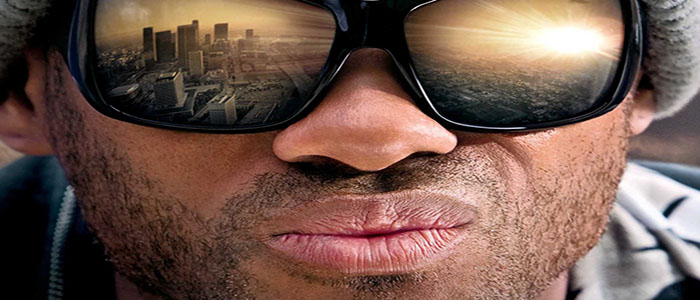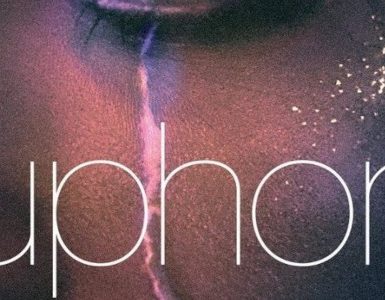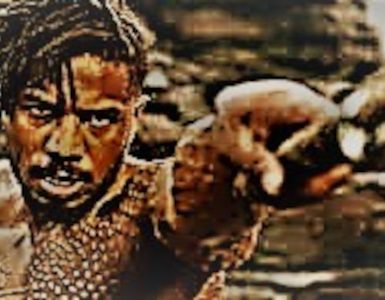I first saw Hancock when it was released in theaters twelve years ago, and my mother led me back outside before it ended because of how much Will Smith was cursing. I remember her surprise at hearing such language in a PG-13 film.
I didn’t encounter Hancock again until years later when I caught some of it on TV. It was immediately apparent that I’d missed out by not seeing it in theaters, whether it was my decision or my mother’s. The homeless, cursing, belligerent alcoholic, superhuman Hancock was no longer imposing or foul, but hilarious. His wisecracking, nonchalant attitude and superheroic machismo were unlike anything I’d yet seen in a character. Smith’s portrayal of Hancock, in all its inebriated, irreverent glory, was something completely and amazingly new to me. Still, it wasn’t until Hancock’s arrival on Netflix this February that I understood its central metaphor, and, with it, the character of Hancock himself.
Hancock, perhaps the least ostensibly heroic superhero ever dreamt of, belongs to a lineage of fictional Black fixup projects in film. His development as a character is by no means original, and bears a resemblance to that of other characters in his lineage, two of the best-known examples being Blade in the film of the same name (1998) and the only partly true story of NFL player Michael Oher in The Blind Side (2009). Hancock, Blade and Oher all benefit from “White Saviors” in their respective films, a term and cinematic trope described by Hernan Vera and Andrew Gordon in Screen Saviors: Hollywood Fictions of Whiteness. All three films feature a selfless white benefactor and a Black man who needs their help. Among other things, Blade was rescued from homelessness, Hancock received a masterclass in public relations, and Michael Oher was anachronistically taught how to play football.
Though each of these films is rife with racial discourse (The Austin Chronicle wrote of Hancock that “At times you can almost feel the social critique pooling beneath the film’s surface.”), the circumstances of the Hancock story especially stand out for a few reasons. Hancock’s White Savior, a public relations specialist named Ray Embrey and played by Jason Bateman, not only improves Hancock’s poor public image, but literally saves his life in the third act. The first time we see Ray is also the first time we see his saint-like virtue. One of the first scenes in the film shows him failing to convince the board of a pharmaceutical company to give away a drug for free as long as it’s given to those who “really need it.” Later, when Hancock saves Ray from an oncoming train and Ray pledges to repay him, the dysfunctional but heartfelt relationship that follows lays the framework for the rest of the film. Hancock, as Ray’s fixup project, becomes practically indistinguishable from himself at the film’s opening. Ray succeeds in elevating Hancock from his old habits of sleeping on benches and day drinking to a cleanly cut and shaven superhero who, now adored by the public, wears a new outfit hand-picked by Ray, fights crime with a smile, and tells police officers “Good job.” Hancock even flies to the moon and superimposes the logo of Ray’s brand on it without being asked, an act that could be read as symbolizing Black men’s complicity in white capitalist expansion.
The caveat that twists the film from comedic to dramatic is that Ray’s wife Mary, played by Charlize Theron, happens to be just as powerful as Hancock, and the longer they are around one another the weaker they both get. There is another trope to be found here: Hancock’s degradation by a white woman, though she is also affected, echoes the relationship between the two characters of Amiri Baraka’s Dutchman and the murderous exploits of the tall, blonde Miss America in Ralph Bakshi’s Coonskin (1975).
The relationship between Hancock and the Embreys is telling of something deeper than what the film presents itself as. We are shown the satirically antiheroic Hancock: A drunk, stumbling, rude hobo who seems to be hated by just about everyone except small white children. He receives criticism from villains, from random civilians, from the people he saves, and, in one scene, from Nancy Grace. As luck would have it, he saves Ray’s life, and Ray makes a model hero of him. In acknowledging Hancock’s use of the White Savior format, Hancock’s complete transformation (better described by Dr. Tia Tyree as Ray’s “reprogramming” of Hancock), and the archetypal unattainability and parasitism of white woman characters acting alongside Black men, Hancock emerges as a cleverly written allegory for American race relations. Like the relationship between Blade and Whistler, his Savior, Tyree concludes that the relationship between Hancock and the Embreys is “symbolic of the Black male experience in a White patriarchal America.”
The fact that Hancock was released in 2008 might even point to the film’s hypothetical function as a prediction of the challenges and criticism that then-Senator Barack Obama would face after becoming president. Hancock’s perpetual struggle to find his place in a predominantly white, cynical, largely unappreciative society guides the film’s synopsis and the allegory within it. President Obama, like Hancock, has his issues and controversies, but incurred undue animosity and persecution on account of his skin color. Those who believe in the colorblind, post-racial society that White Savior films portray are likely to disagree with me. I would direct their attention first to a history book, then to Jacobin.


















Add comment